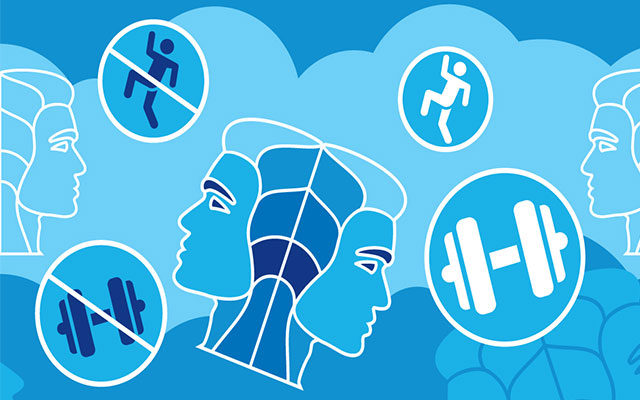A 2015 study in Finland that looked at 10 pairs of male identical twins in their 30s — one who regularly exercised, the other who didn’t — discovered that physical activity profoundly affects health, even in people with the same genes, upbringings, and diets.
The study, published in the ACSM journal Medicine & Science in Sports & Exercise, examined the pairs’ diets and exercise routines over the past three years without controls. Researchers measured each twin’s endurance capacity, body composition, and insulin sensitivity, and performed brain scans. On average, the active twins jogged or participated in other physical activity three hours more per week than the inactive twins. Consequently, they had less body fat, greater endurance, and lower signs of insulin resistance, a condition that increases the risk of type 2 diabetes.
Exercise also had an impact on brain health. The active twins had significantly more gray matter than their sedentary siblings in the regions involved in coordination and motor control.
“We were somewhat surprised that so clear a site-specific change in brain structure occurred as a result of differences in exercising during adulthood, as the exercise habits of these twin pairs were similar during childhood,” says Urho Kujala, MD, PhD, University of Jyväskylä professor of sports and exercise medicine.



This Post Has 0 Comments